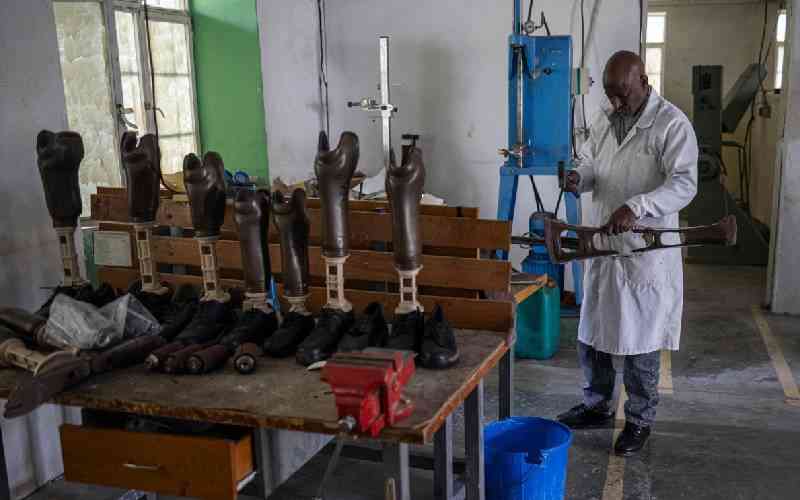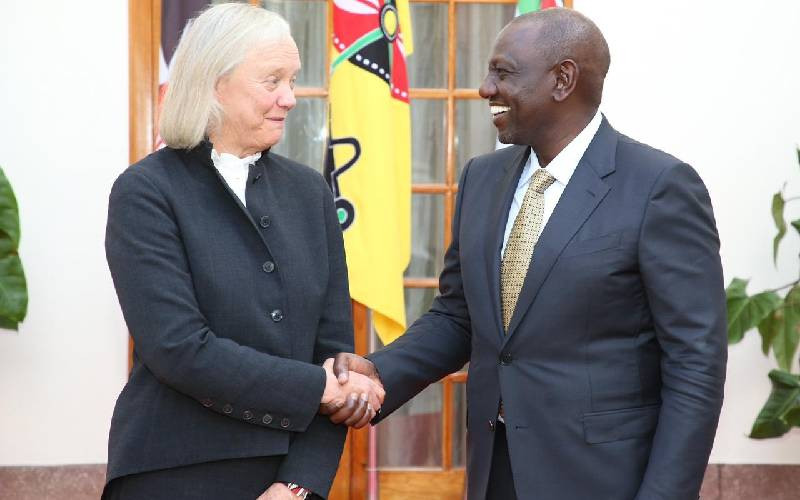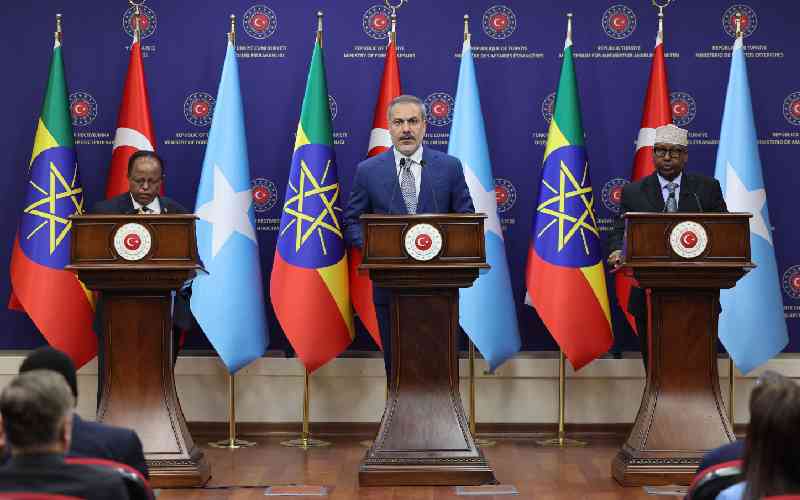Water is an important resource not only for people, but also a country. Consider this for instance, approximately 65 million people in Ethiopia do not have access to electricity. Neighbouring countries to Ethiopia, especially Kenya and Sudan are fast industrialising, yet their repository of hydropower is not sufficient to gainfully support the development momentum on a long term basis.
Projections indicate that demand for hydro-power in the region will continue to increase in the foreseeable future.
The construction of the Grand Ethiopia Renaissance Dam (GERD) signalled a positive indicator for Ethiopia and the region. When the dam is complete, the electricity deficit will greatly be lowered.
Today, the dam, the largest hydro power project of its kind in Africa, is almost 70 per cent done. As Ethiopia gears to complete it, the project has been generating discussions which perceive it all wrongly.
Superficially, the wrong proportions of the dam issue have been socially engineered and contorted to imply a contest of two countries; Ethiopia and Egypt. But, scratching below the surface reveals that the water resource problems in the Nile Basin are common to all countries in the Nile basin.
Conversely, various studies have demonstrated that opportunities which will arise from the completion and operation of the dam will outweigh the challenges. When construction is complete and the dam is filled, downstream countries will benefit too. The dam will trap sediments which flow downstream from Ethiopia, hence prolonging the lives of water reservoirs in Egypt.
On the short term, there are challenges which bedeck the Nile basin countries. According to the 1959 Nile basin treaty, only downstream countries are supposed to use all the waters of the Nile River, while the rest of the upstream countries should not! When the Nile River treaty was signed in 1959, the population of all riparian countries was about 150 million. The population had increased to more than 450 million by 2019. An increase in population exerts more demand on water in all the 11 Nile riparian countries. To the extent that upstream countries may deem that there would be a shortage in meeting water requirements.
Created an imbalance
The provisions of the Nile River treaties created an imbalance on the use of the water resources and decapitated development projects among upstream countries. This has resulted in an artificial water scarcity situation, which has become an issue among some downstream and upstream countries.
The prevailing status quo among some downstream countries is anchored on the idea that all downstream countries should continue to acquire rights and seek to retain existing agreements as stipulated in the two treaties. However, various desk-top analysis reveal that with the changes in demographics and development needs, this is neither practical nor purposeful for the region.
In the study of international relations, the game theory argues that countries rarely go to war over natural resources such as water. It further argues that conflicts in an international river basin can best be resolved if the countries sharing the resource can cooperate among themselves.
The stage is ripe for a metamorphosis, from the old power centred theoretical grounding into a new ground where power is not the only measure used to negotiate and dominate utilisation of Nile resources.
As a country whose source, the Blue Nile, contributes 85 percent of the total volume of the Nile water, Ethiopia believes that the foundation for utilisation of the Nile waters should seek to promote equitable use of the Nile River. The path to a solution in equitable utilisation of the Nile resources should start with a revisit to those fundamentals which bear common opportunities. Only then can the contest be untangled and the benefits enjoyed by all Nile basin countries.
- The writer is the Ethiopian Ambassador to Kenya
Stay informed. Subscribe to our newsletter
 The Standard Group Plc is a
multi-media organization with investments in media platforms spanning newspaper
print operations, television, radio broadcasting, digital and online services. The
Standard Group is recognized as a leading multi-media house in Kenya with a key
influence in matters of national and international interest.
The Standard Group Plc is a
multi-media organization with investments in media platforms spanning newspaper
print operations, television, radio broadcasting, digital and online services. The
Standard Group is recognized as a leading multi-media house in Kenya with a key
influence in matters of national and international interest.
 The Standard Group Plc is a
multi-media organization with investments in media platforms spanning newspaper
print operations, television, radio broadcasting, digital and online services. The
Standard Group is recognized as a leading multi-media house in Kenya with a key
influence in matters of national and international interest.
The Standard Group Plc is a
multi-media organization with investments in media platforms spanning newspaper
print operations, television, radio broadcasting, digital and online services. The
Standard Group is recognized as a leading multi-media house in Kenya with a key
influence in matters of national and international interest.








